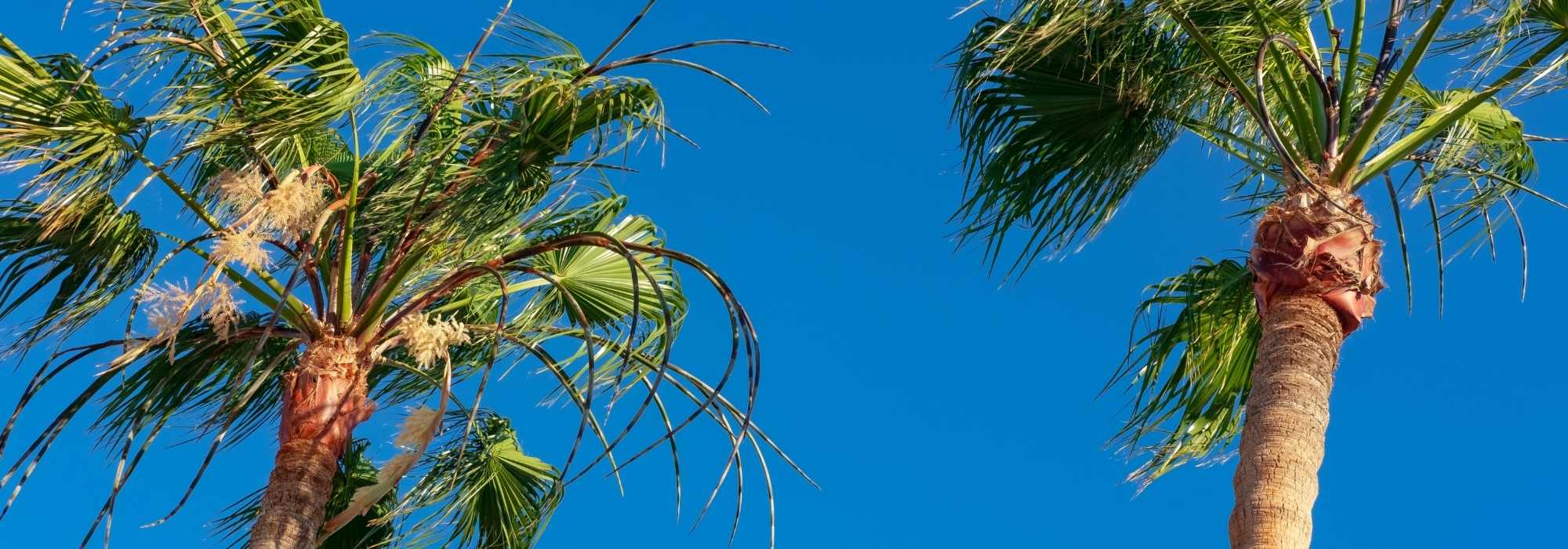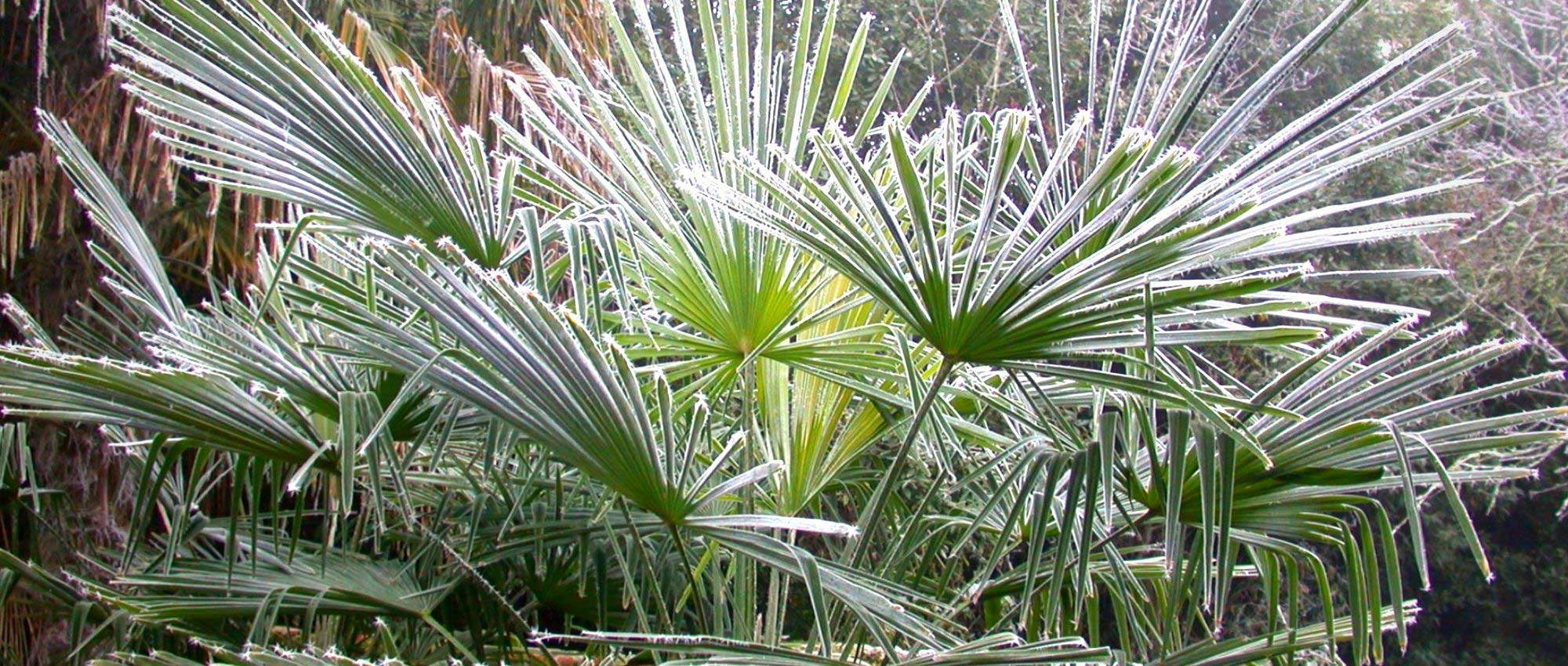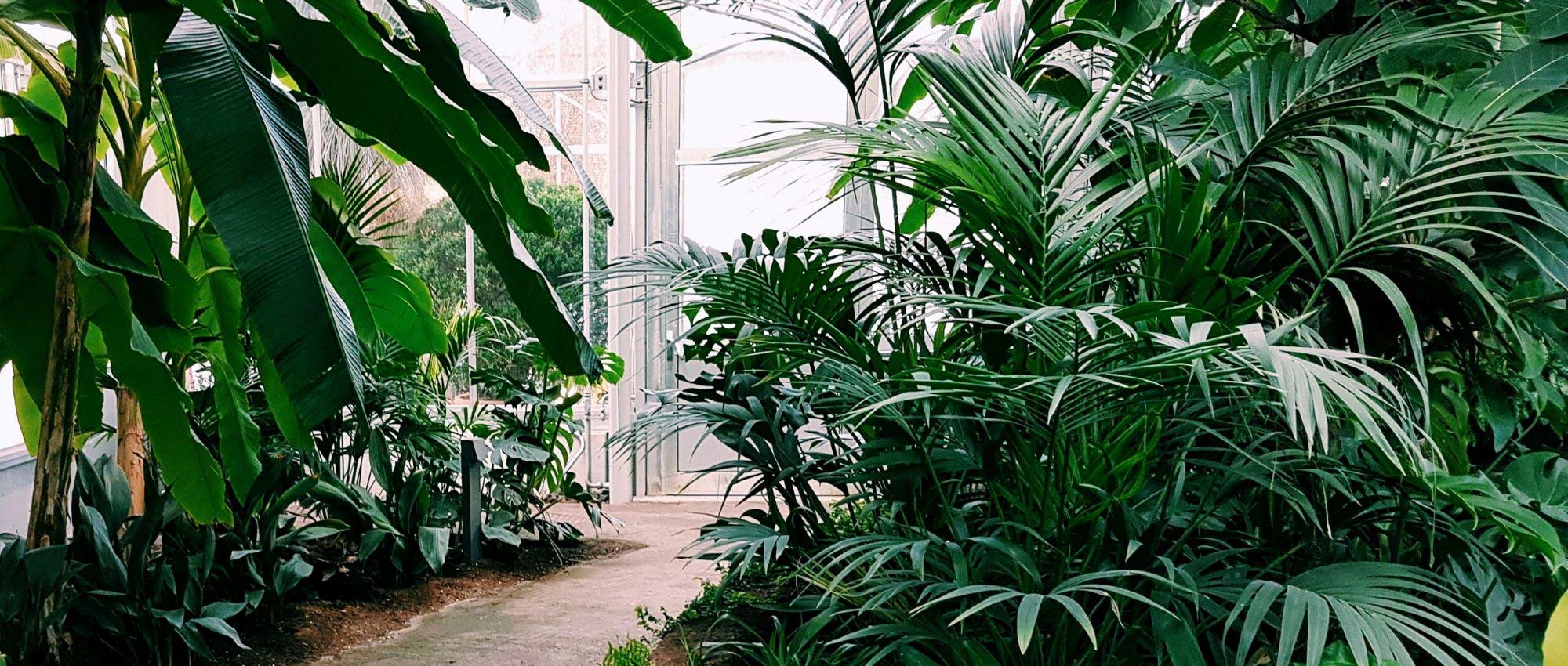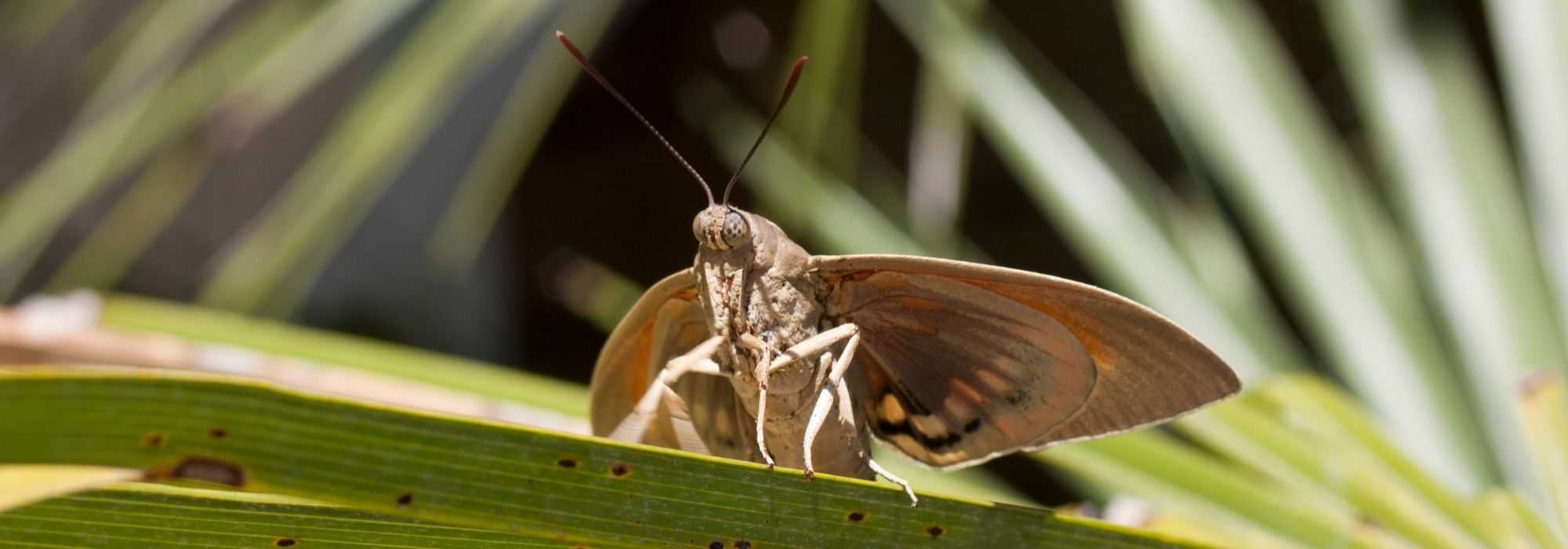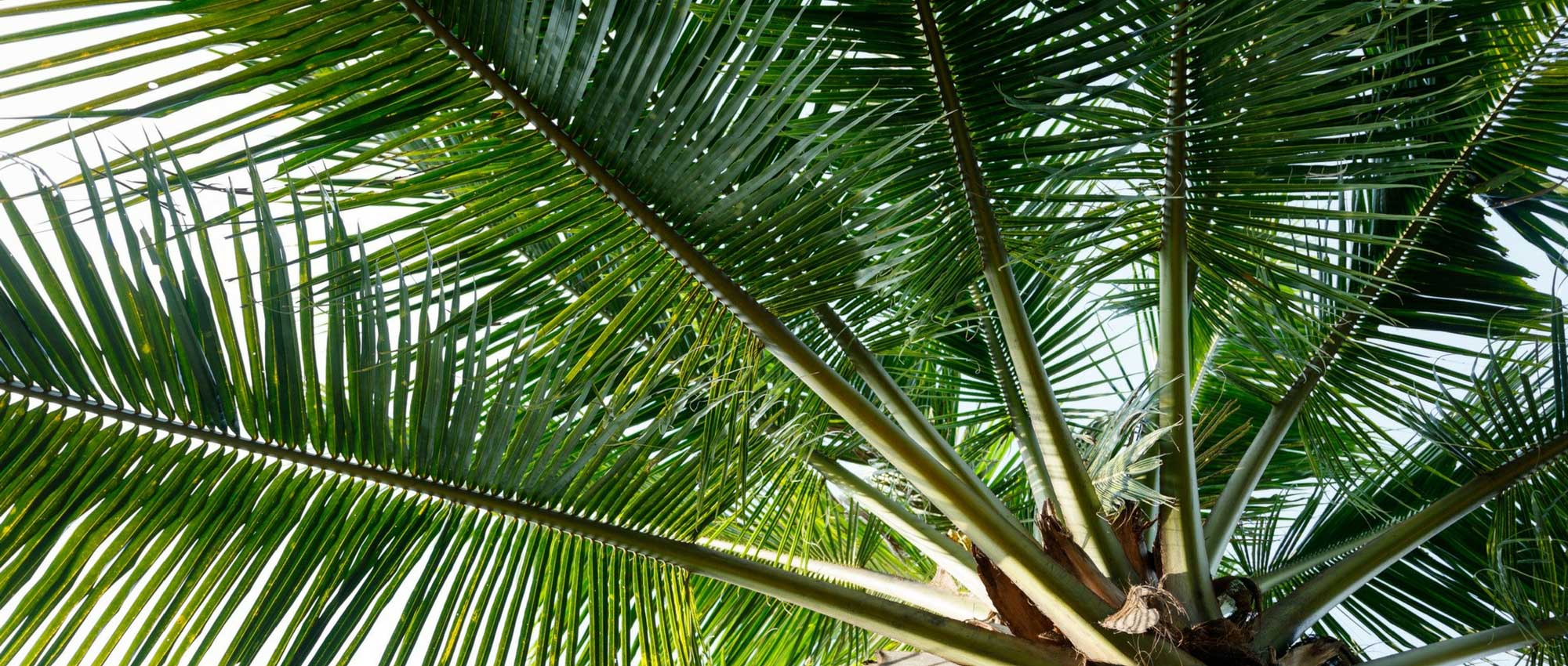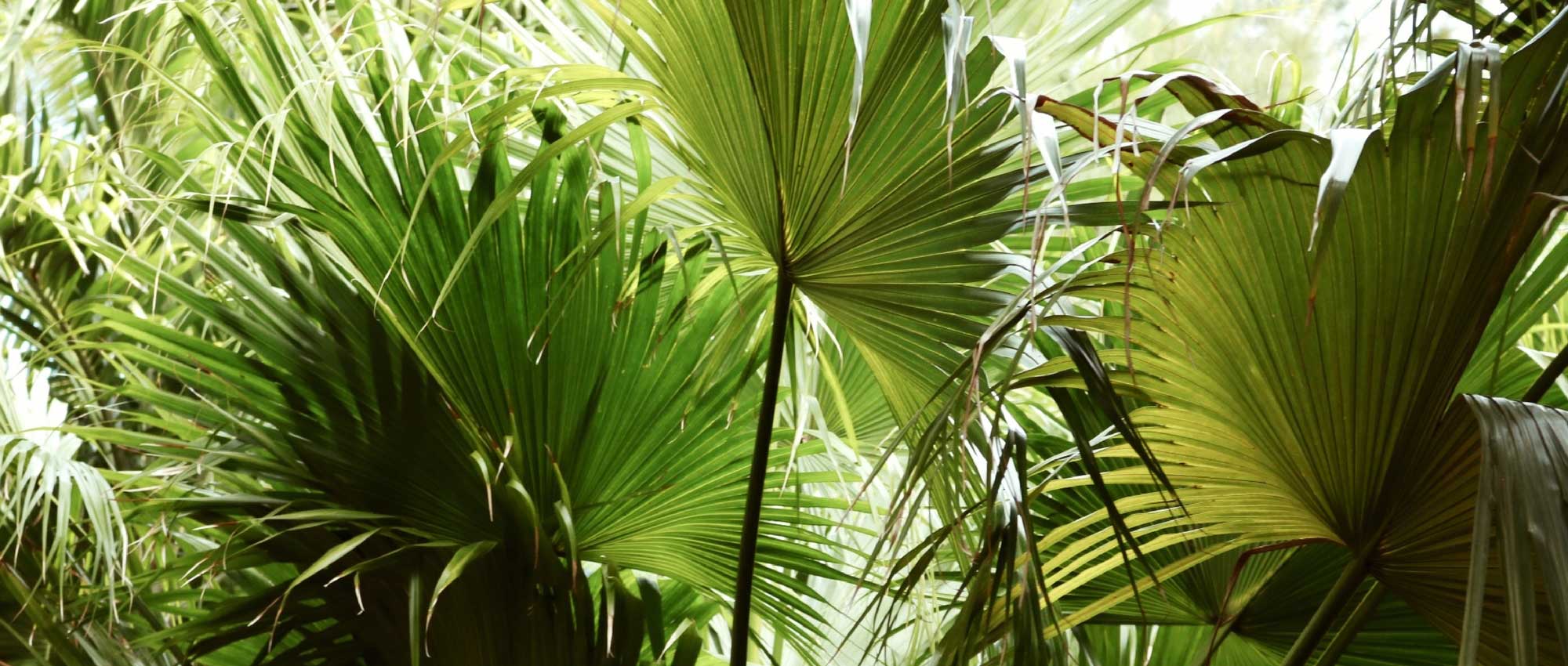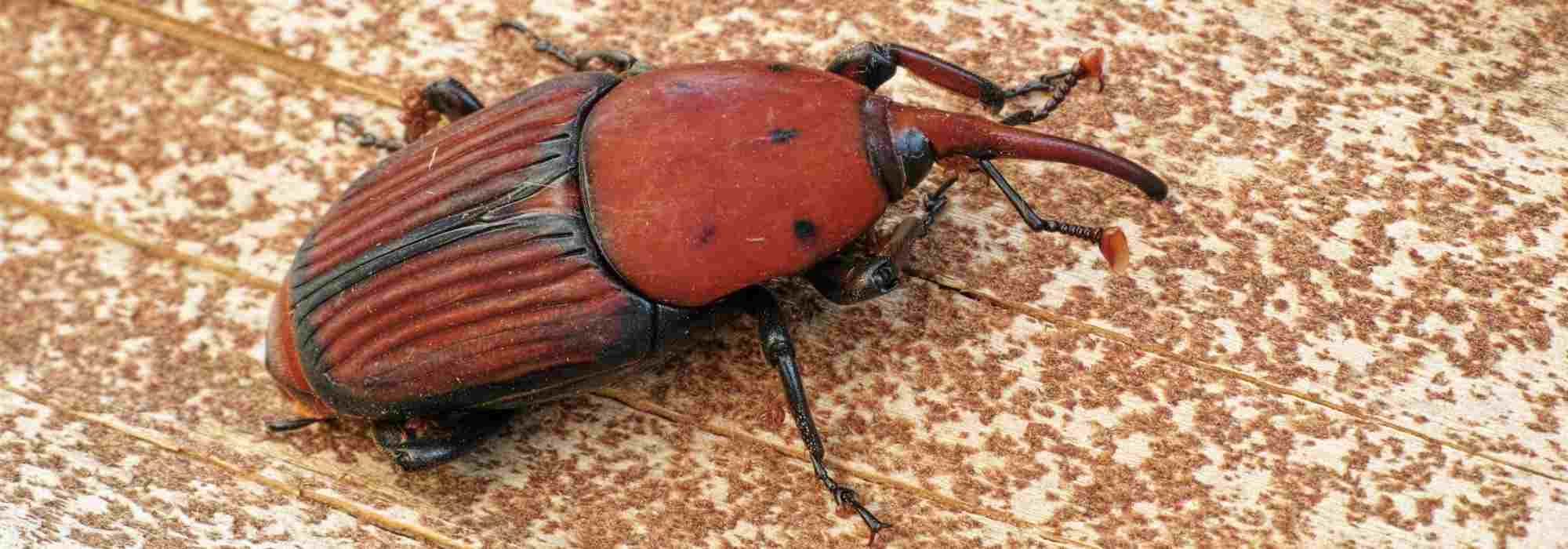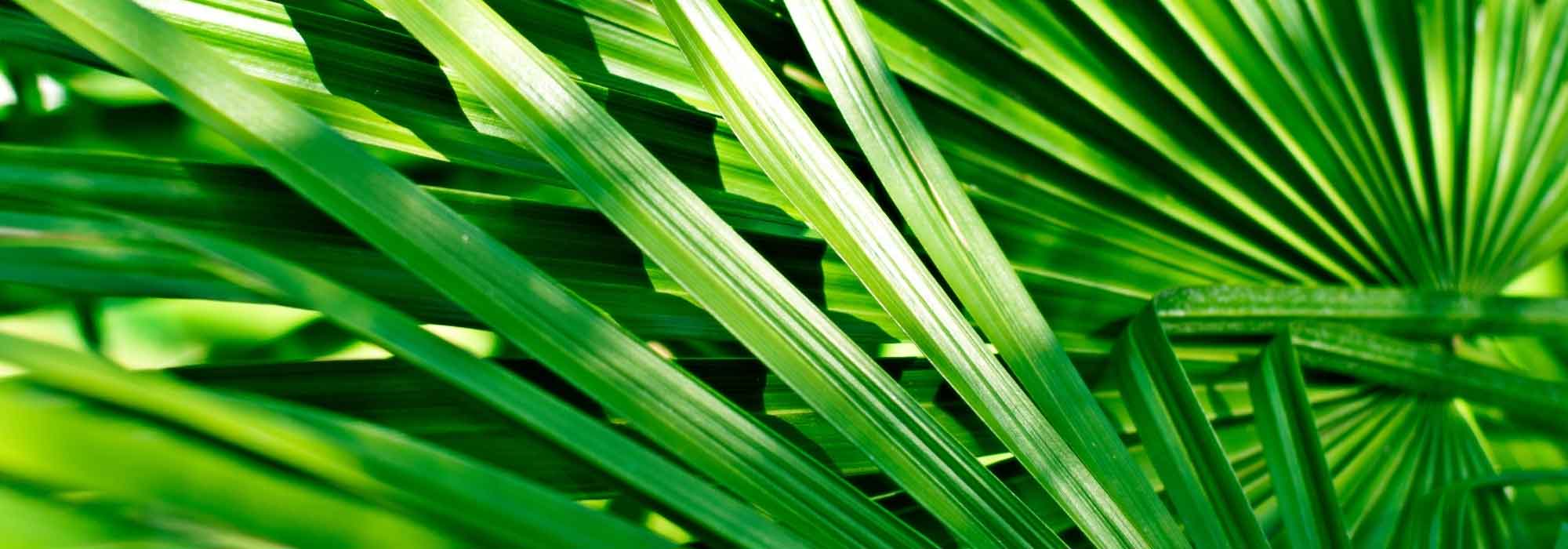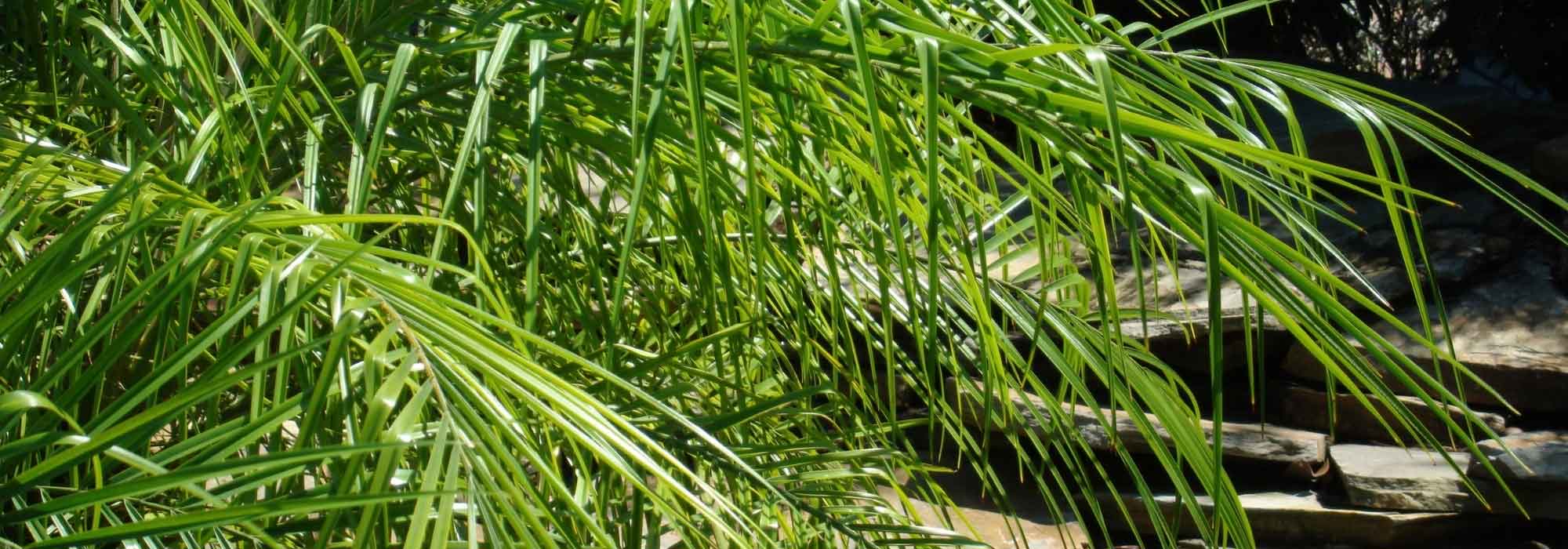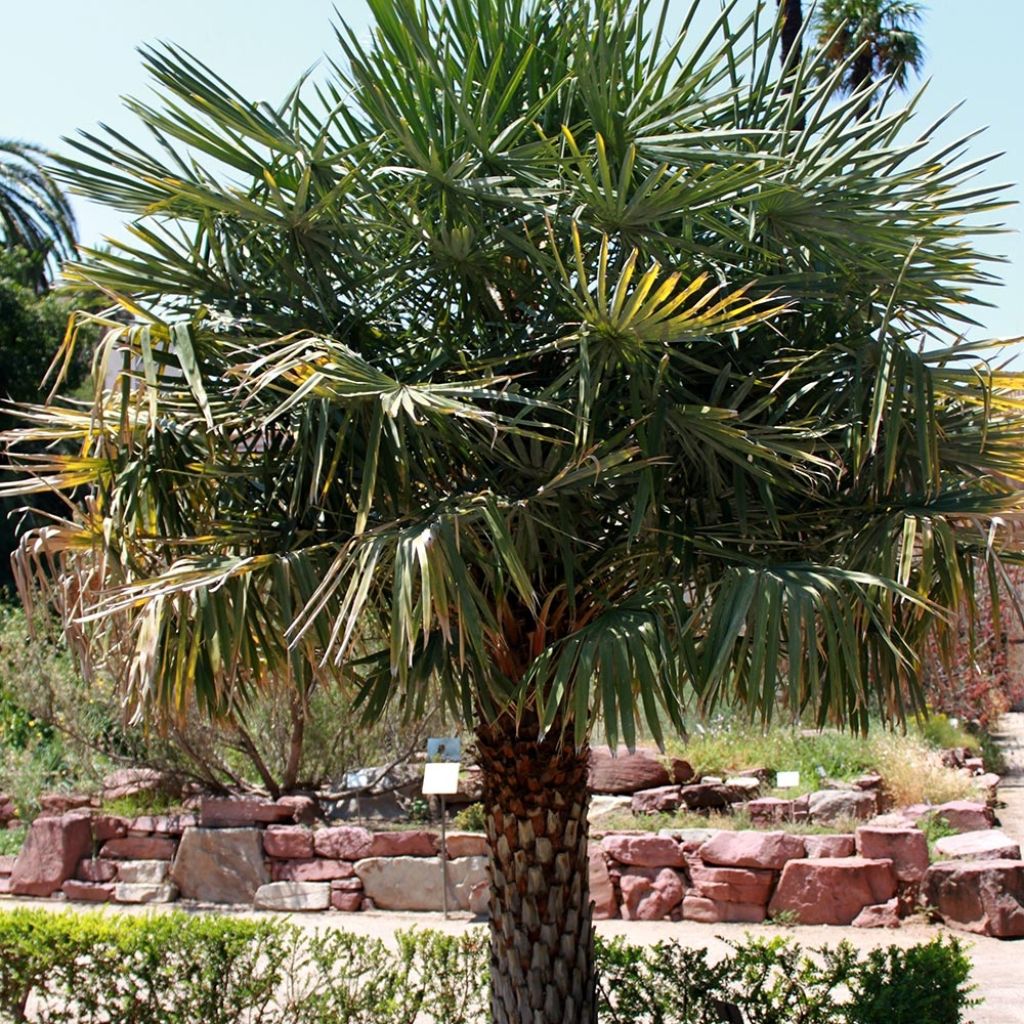

Copernicia alba - Palmier d'Argentine, Caranday
Copernicia alba - Caranda Palm
Copernicia alba
Caranda Palm, Wax Palm
Special offer!
Receive a €20 voucher for any order over €90 (excluding delivery costs, credit notes, and plastic-free options)!
1- Add your favorite plants to your cart.
2- Once you have reached €90, confirm your order (you can even choose the delivery date!).
3- As soon as your order is shipped, you will receive an email containing your voucher code, valid for 3 months (90 days).
Your voucher is unique and can only be used once, for any order with a minimum value of €20, excluding delivery costs.
Can be combined with other current offers, non-divisible and non-refundable.
This plant carries a 24 months recovery warranty
More information
We guarantee the quality of our plants for a full growing cycle, and will replace at our expense any plant that fails to recover under normal climatic and planting conditions.
Would this plant suit my garden?
Set up your Plantfit profile →
Description
Copernicia alba, also known as the Caranday, is an imposing palm tree emblematic of the savannas of Argentina, Brazil, Bolivia, and Paraguay, a habitat it shares with the Tithrinax campestris. It is not very hardy, and can only be grown in open ground on the Mediterranean or southern Atlantic coast. It is characterized by a fairly narrow, greyish trunk adorned with a decorative pattern and topped with a beautiful bouquet of large fan-shaped leaves, slightly greyish-green and shiny. It owes its other name, Wax Palm, to the waxy substance that covers its leaves, which was once harvested by the indigenous people to make candles. It is a sun and heat-loving plant, accustomed to climates governed by the monsoon, alternating between a long period of drought and flooded soils.
Copernicia alba belongs to the palm family. Its trunk, called a stipe, is solitary and covered with growths that are the remnants of old petioles. They form a decorative honeycomb pattern on older subjects. The wood is resistant and dense, used locally for making poles. Its growth is quite fast in warm soils that remain moist. In nature or in open ground, it can reach 20 m (65 ft 7 in) in height with a spread of 7 m, and a stipe diameter of at least 40 cm (15.7 in). At the top of this stipe, a crown composed of large leaves called fronds develops, with the leaves being divided into a large number of green-grey, glossy segments, sometimes trailing at their tips. On mature subjects, the leaves are borne by a long petiole equipped with hard, curved, and quite formidable black spines. Young plants have linear leaves. Flowering only occurs on mature subjects in the form of yellow spadix inflorescences reaching 2 m (6 ft 7 in) in length. The root system of this palm is highly developed, but its roots are brittle and fragile.
Copernicia alba is a majestic plant that can be placed in isolation or in a row in a large garden. It can also be grown in large containers that can be placed on the terrace during the summer and stored in a cold greenhouse in winter. It requires space to express all its beauty and grows quickly if it does not lack warmth or nutrients. Like all palm trees, it can sometimes be difficult to associate with other plants due to its strong personality: reserve a corner of a pool for it and plant architectural plants such as Beschorneria, excellent in partial shade, or Phormium, sober, and colourful, or even agaves, precise and geometric.
Copernicia alba - Caranda Palm in pictures
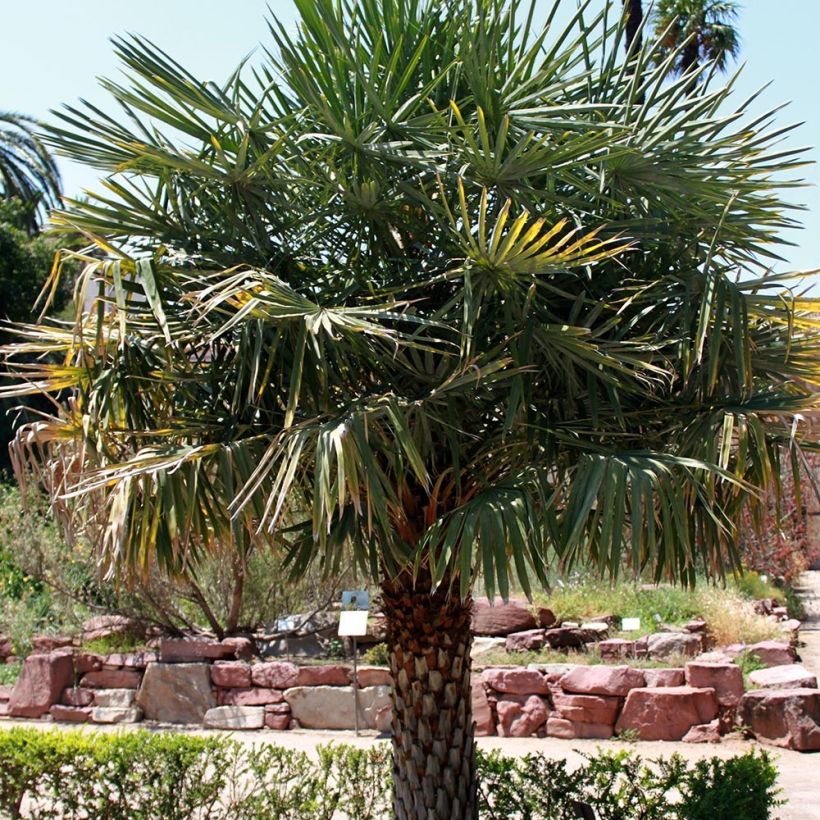

Plant habit
Flowering
Foliage
Botanical data
Copernicia
alba
Arecaceae
Caranda Palm, Wax Palm
South America
Planting and care
This palm tree shows fairly rapid growth when regularly watered in a hot climate. It needs a lot of sun from a young age. Plant it in the ground only in mild climates, as it suffers below -5°C (23 °F), with young plants being more sensitive to cold, especially if the soil is wet. Opt for growing it in a very large pot, protected over winter, in other regions. It should be protected when cold weather is expected, by tying the crown of leaves quite tightly to protect the heart of the plant. Not demanding in terms of soil, this palm tree tolerates both drought and occasionally flooded soil (in spring or summer). It requires little maintenance except for pruning the oldest leaves close to the stem.
Potted cultivation:
Choose a very large pot or container with a perforated base, with a capacity of 75 to 100 litres. Its roots are fragile and brittle, and should not be injured during repotting. Be careful when handling your palm tree: plants older than 3-4 years develop sharp teeth on their petioles that can scratch terribly! Prepare a mixture composed of 50% loam, 25% ordinary potting soil, 25% sand and mix well. After placing a drainage layer at the bottom (clay balls, gravel, broken terracotta pots...), partially fill your container then place your palm tree in the mixture, so that the collar (the area where the roots originate) does not exceed the pot but is not buried too deeply either. Add the rest of the mixture around the root ball and firm it down. Water in several stages to thoroughly saturate with water and remove air. Place your palm tree in a very bright location, avoiding excessive sunlight. If outdoors, gradually acclimate it to full sun.
Diseases and pests:
Large palm trees can be victims of parasites such as the larvae of the formidable and widespread Paysandra archon, a large butterfly that is found as far as England. Specific treatments are now available as a preventive measure. The red palm weevil (Rhynchophorus ferrugineus) has been present in some areas since 2006. The symptoms are as follows: cut, dried, or yellowing fronds. These pests attack numerous palm species, with a fatal outcome: the leaves dry out irreversibly and completely as soon as the heart of the stem harbours larvae.
Planting period
Intended location
Care
Planting & care advice
This item has not been reviewed yet - be the first to leave a review about it.
Haven't found what you were looking for?
Hardiness is the lowest winter temperature a plant can endure without suffering serious damage or even dying. However, hardiness is affected by location (a sheltered area, such as a patio), protection (winter cover) and soil type (hardiness is improved by well-drained soil).

Photo Sharing Terms & Conditions
In order to encourage gardeners to interact and share their experiences, Promesse de fleurs offers various media enabling content to be uploaded onto its Site - in particular via the ‘Photo sharing’ module.
The User agrees to refrain from:
- Posting any content that is illegal, prejudicial, insulting, racist, inciteful to hatred, revisionist, contrary to public decency, that infringes on privacy or on the privacy rights of third parties, in particular the publicity rights of persons and goods, intellectual property rights, or the right to privacy.
- Submitting content on behalf of a third party;
- Impersonate the identity of a third party and/or publish any personal information about a third party;
In general, the User undertakes to refrain from any unethical behaviour.
All Content (in particular text, comments, files, images, photos, videos, creative works, etc.), which may be subject to property or intellectual property rights, image or other private rights, shall remain the property of the User, subject to the limited rights granted by the terms of the licence granted by Promesse de fleurs as stated below. Users are at liberty to publish or not to publish such Content on the Site, notably via the ‘Photo Sharing’ facility, and accept that this Content shall be made public and freely accessible, notably on the Internet.
Users further acknowledge, undertake to have ,and guarantee that they hold all necessary rights and permissions to publish such material on the Site, in particular with regard to the legislation in force pertaining to any privacy, property, intellectual property, image, or contractual rights, or rights of any other nature. By publishing such Content on the Site, Users acknowledge accepting full liability as publishers of the Content within the meaning of the law, and grant Promesse de fleurs, free of charge, an inclusive, worldwide licence for the said Content for the entire duration of its publication, including all reproduction, representation, up/downloading, displaying, performing, transmission, and storage rights.
Users also grant permission for their name to be linked to the Content and accept that this link may not always be made available.
By engaging in posting material, Users consent to their Content becoming automatically accessible on the Internet, in particular on other sites and/or blogs and/or web pages of the Promesse de fleurs site, including in particular social pages and the Promesse de fleurs catalogue.
Users may secure the removal of entrusted content free of charge by issuing a simple request via our contact form.
The flowering period indicated on our website applies to countries and regions located in USDA zone 8 (France, the United Kingdom, Ireland, the Netherlands, etc.)
It will vary according to where you live:
- In zones 9 to 10 (Italy, Spain, Greece, etc.), flowering will occur about 2 to 4 weeks earlier.
- In zones 6 to 7 (Germany, Poland, Slovenia, and lower mountainous regions), flowering will be delayed by 2 to 3 weeks.
- In zone 5 (Central Europe, Scandinavia), blooming will be delayed by 3 to 5 weeks.
In temperate climates, pruning of spring-flowering shrubs (forsythia, spireas, etc.) should be done just after flowering.
Pruning of summer-flowering shrubs (Indian Lilac, Perovskia, etc.) can be done in winter or spring.
In cold regions as well as with frost-sensitive plants, avoid pruning too early when severe frosts may still occur.
The planting period indicated on our website applies to countries and regions located in USDA zone 8 (France, United Kingdom, Ireland, Netherlands).
It will vary according to where you live:
- In Mediterranean zones (Marseille, Madrid, Milan, etc.), autumn and winter are the best planting periods.
- In continental zones (Strasbourg, Munich, Vienna, etc.), delay planting by 2 to 3 weeks in spring and bring it forward by 2 to 4 weeks in autumn.
- In mountainous regions (the Alps, Pyrenees, Carpathians, etc.), it is best to plant in late spring (May-June) or late summer (August-September).
The harvesting period indicated on our website applies to countries and regions in USDA zone 8 (France, England, Ireland, the Netherlands).
In colder areas (Scandinavia, Poland, Austria...) fruit and vegetable harvests are likely to be delayed by 3-4 weeks.
In warmer areas (Italy, Spain, Greece, etc.), harvesting will probably take place earlier, depending on weather conditions.
The sowing periods indicated on our website apply to countries and regions within USDA Zone 8 (France, UK, Ireland, Netherlands).
In colder areas (Scandinavia, Poland, Austria...), delay any outdoor sowing by 3-4 weeks, or sow under glass.
In warmer climes (Italy, Spain, Greece, etc.), bring outdoor sowing forward by a few weeks.






























